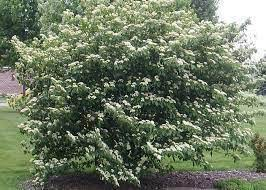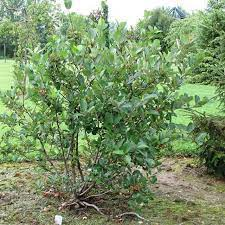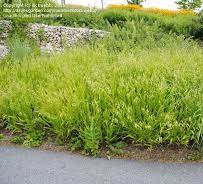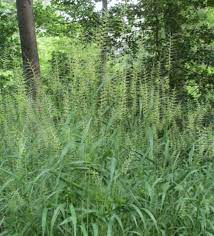About Us

Hi, my name is Alex Spiegel. I am a senior at Bethesda – Chevy Chase High School, and I am a member of the Bethesda Green Environmental Leaders Program. For my final project as an intern at Bethesda Green, I created a carbon garden in order to show how, if done on a wide scale, carbon sequestration could help fight climate change. I created the project with the help of my fellow intern, Andrew Lebowitz.

Hi, my name is Andrew Lebowitz. I am also a senior at Bethesda – Chevy Chase High School, working in the Environmental Leaders Program. Ever since I learned about global warming and the serious consequences it is projected to have, I have wanted to help fight! This carbon garden is very meaningful to me because it marks my first stepping stone in what is to be a long journey in alleviating the planet.
What is Carbon Sequestration?
Carbon sequestration is the process of capturing and storing carbon dioxide- it occurs naturally in two ways. Geologic carbon sequestration refers to the storing of carbon dioxide in underground geologic formations. Biologic carbon sequestration, on the other hand, refers to the storage of carbon dioxide in plants, soil, and even aquatic environments. In our project, we will be exploring biological carbon sequestration through what happens beneath the surface (Andrew) and what happens above it (Alex).


Our Project
Our goal is to create a garden with the purpose of capturing and storing atmospheric carbon. The garden will demonstrate how sequestration works, display key ideas and techniques, and will encourage others to take similar action. With greater awareness, carbon sequestration can be done on a wider scale.
Carbon Garden:
A carbon garden is a planted area that aims to collect and store as much carbon as possible given the size of the planted area. Strategies that could be used to collect and store carbon include no till farming, planting perennial, native plants, facilitating mycorrhizal fungi growth, and growing plants that collect and store high amounts of carbon. Carbon gardens store carbon within the soil and the plants themselves.
Mycorrhizal fungi:
Some of the most important microorganisms in the soil are mycorrhizal fungi. Plants genetically know that mycorrhizal fungi are going to extend the gathering capacity of roots, and gather all kinds of resources for the plant that the plant is not able to get by itself, so the mycorrhizal insert themselves into the plant’s roots. This includes water, and probably at the top of the list, phosphorus; phosphorus is generally tightly bound up chemically with other minerals in the soil like calcium. These fungal mycelia may extend out for a foot or two feet year after year. The nutrient gathering capability of a plant can increase by a hundredfold. Mycorrhizal fungi, in particular, are known to be integrally involved with carbon sequestration.
One of the ways they are involved in carbon sequestration is through producing a substance called Glomalin. Glomalin converts to humic material that ends up being stable in the soil. These complex humic molecules are relatively unreactive, so, in other words, it’s difficult for bacteria to eat them. As long as they’re in the soil, and there is no plowing done to them, there won’t be a lot of oxidation.
Compost:
In order to boost mycorrhizal fungi and other beneficial microorganism populations, a fertile compost is necessary. Microbes feed on organic matter, which provides them with a source of energy in carbohydrates. Additionally, compost allows for a better structured soil with greater nutrient and water retention, and a rich humus layer. Our compost is coming right from our food waste! That is, the Compost Crew, a local compost collector. The compost consists of residential food scraps mixed with hay and wood chips. We will be adding unsulphured blackstrap molasses: an additional source of carbohydrates to further boost microbial populations. In addition, we will add biochar: a natural carbon collector that also works as a nutrient storehouse to reduce the need for commercial fertilizers. Our compost will be applied right on top of the soil, and will be replenished over time!
Native Plants in the Carbon Garden
Shrubs

Silky Dogwood
A large shrub with white spring flowers that has plentiful pollinator benefits and is resistant to differing climate conditions.

Sweet Fern
A low growing nitrogen fixer that forms dense colonies, is resistant to differing climate conditions and is very low maintenance.
 Black Chokeberry
Black Chokeberry
A fruiting, Medium sized shrub that has high pollinator benefits and is adaptable to a wide array of soils and environmental conditions.
Grasses

Indian Woodoats
A very good grass for growing in difficult locations and provides a seed that is very attractive to small mammals and birds.

Eastern Bottlebrush Grass
A smaller sized grass that is highly resistant to shade and is very low maintenance.

Pennsylvania Sedge
Highly resistant to environmental conditions, tolerates shade, and only requires minimal mowing.

